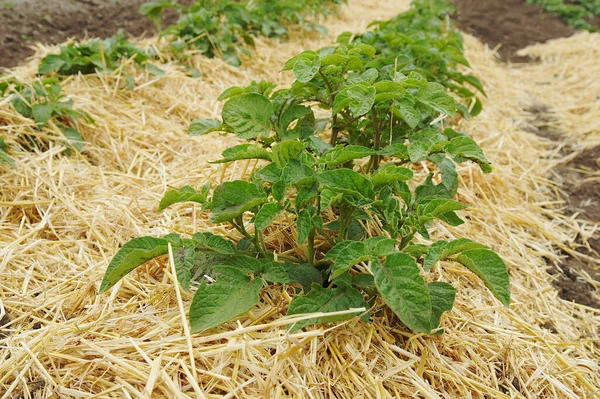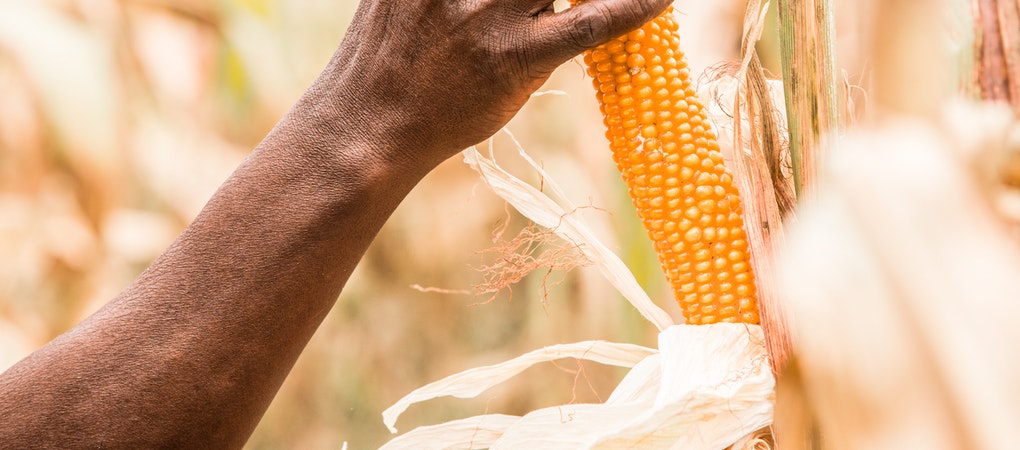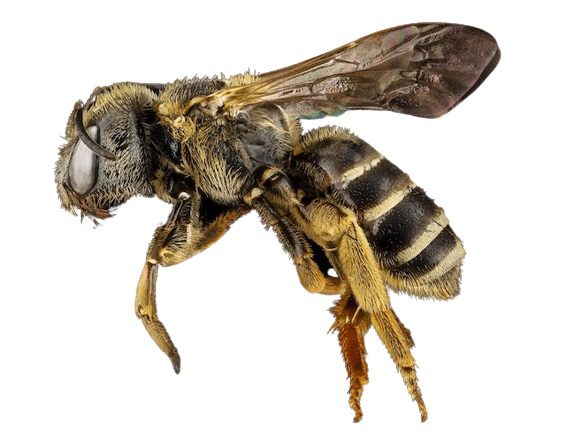When you think of gardening, do you picture yourself digging through the soil, breaking your back with a shovel or hoe? What if I told you that there’s a way to grow a healthy, productive garden without all that hard work? It’s called zero tillage, and it’s part of a broader farming practice known as conservation agriculture.
In this post, we’ll dive into the principles of zero tillage and conservation agriculture, explaining how you can cultivate your garden with minimal soil disturbance—no digging required. You’ll learn why this method is not only easier but also better for your soil, plants, and the environment. Plus, we’ll share some handy tools and tips (and reliable affiliate links!) that can help you adopt these techniques in your home garden.
1. What Is Zero Tillage?
Zero tillage, also called no-till farming, is exactly what it sounds like: growing crops without tilling or turning over the soil. Traditionally, gardeners and farmers till the soil to break it up, remove weeds, and prepare it for planting. But while it may seem helpful in the short term, tilling can actually damage the soil in the long run.
When you till, you disrupt the natural structure of the soil and destroy important organisms like earthworms and beneficial microbes. These organisms are crucial for breaking down organic matter and helping plants access nutrients. Tilling can also lead to soil compaction and erosion, which degrades the land over time.
The good news? Zero tillage allows you to grow a thriving garden while keeping your soil structure intact. By leaving the soil undisturbed, you preserve its natural fertility and moisture-retaining abilities, which means healthier plants and less work for you.
2. How Does Conservation Agriculture Work?
Zero tillage is part of a larger movement called conservation agriculture. This method involves three main principles designed to protect and enhance soil health:
- Minimum soil disturbance (zero tillage)
- Maintaining soil cover
- Crop rotation or diversification
a. Minimum Soil Disturbance
The idea behind no-dig or zero tillage gardening is simple: the less you disturb the soil, the healthier it will be. When you leave the soil structure intact, you allow microorganisms and earthworms to do their natural job of aerating the soil and enriching it with nutrients.
In a no-dig garden, instead of digging or tilling, you simply lay organic matter like compost, mulch, or cover crops on top of the soil. Over time, this organic material breaks down and improves the soil’s fertility, all without you lifting a shovel!
And here’s a pro tip: you can use no-dig techniques even if you’re gardening in raised beds or containers. It’s all about keeping the soil healthy by minimizing disturbance.
b. Maintaining Soil Cover
One of the key principles of conservation agriculture is keeping the soil covered at all times. Bare soil is vulnerable to erosion, drying out, and losing nutrients. To protect your soil, cover it with organic materials like mulch, cover crops, or even crop residues.
By keeping a layer of mulch or plant cover on top of your soil, you:
- Reduce water evaporation
- Prevent weeds from sprouting
- Add nutrients to the soil as the cover material breaks down
And the best part? Mulching is easy! You can use things like straw, leaves, or even grass clippings to cover your soil. Just lay the material on the surface and let nature do the rest.
Need some quality mulch? Check out these top-rated mulch products for urban and home gardens
c. Crop Rotation: Nature’s Way of Balancing Nutrients
The third principle of conservation agriculture is crop rotation or diversification. Instead of planting the same crops in the same spot year after year, you rotate different types of plants. This helps prevent nutrient depletion and reduces the risk of pests and diseases.
For example, if you grow tomatoes in one area of your garden one year, try planting a different type of crop, like beans or lettuce, in that spot the next year. Different plants have different nutrient needs, so rotating them helps keep the soil balanced.
And if you’re working with limited space, you can still practice crop rotation in containers or raised beds by simply switching the crops from season to season.
Looking for quality seeds to diversify your garden? Here is a guide on how to select the best seeds
3. The Benefits of Zero Tillage and No-Dig Gardening
So why should you consider zero tillage and conservation agriculture for your garden? Here are just a few of the benefits:
a. Improved Soil Health
When you stop tilling the soil, you preserve its natural structure and protect beneficial organisms. This leads to better soil fertility, improved water retention, and reduced erosion. The result? Healthier soil that supports stronger, more resilient plants.
b. Less Work for You
Who doesn’t love a gardening method that’s easier on your back? With no-dig gardening, there’s no need to spend hours digging, tilling, or breaking up compacted soil. Simply lay down your organic material and let nature do the hard work.
c. Better Water Retention
Since you’re not disrupting the soil structure, your garden will hold onto water more effectively. This means less frequent watering and a more sustainable garden, especially in dry or drought-prone areas.
For gardeners dealing with hot or dry climates, these moisture-retaining soil amendments are a game-changer.
d. Fewer Weeds
One of the best side effects of zero tillage is reduced weed growth. By keeping the soil covered with mulch or plants, you prevent weeds from getting the sunlight they need to grow. Plus, without tilling, you won’t accidentally bring dormant weed seeds to the surface.
4. How to Start a No-Dig Garden: A Step-by-Step Guide
Ready to try zero tillage and no-dig gardening for yourself? Here’s a simple guide to get you started:
Step 1: Choose Your Location
Find a sunny spot in your yard or balcony where you want to grow your plants. No-dig gardening works whether you’re planting in the ground, raised beds, or containers.
Step 2: Add Organic Material
Lay a thick layer of organic material, like compost or well-rotted manure, directly on top of the soil. This will nourish your plants and improve the soil’s fertility over time.
Need high-quality compost? Check out these top organic compost options
Step 3: Mulch, Mulch, Mulch
Cover your organic material with mulch to protect the soil, retain moisture, and prevent weeds. You can use materials like straw, wood chips, or even grass clippings.
Step 4: Plant Your Crops
Once you’ve prepared your soil, you can start planting your seeds or seedlings directly into the compost and mulch layer. No digging required!
Step 5: Maintain Your Garden
Keep adding organic material and mulch to your garden as needed throughout the growing season. As the material breaks down, it will continue to improve your soil’s fertility and structure.
5. Tools to Make No-Dig Gardening Even Easier
While zero tillage and no-dig gardening require less work than traditional methods, having the right tools can make the process even smoother. Here are some must-haves for your no-dig garden:
- High-quality mulch and compost
- A sturdy garden rake for spreading mulch
- A long-lasting watering system (like a drip irrigation kit)
Here’s a curated list of the best no-dig gardening tools to help you get started.
Conclusion:
Zero tillage and conservation agriculture are game-changers for home gardeners. By leaving your soil undisturbed, keeping it covered, and rotating your crops, you can grow a healthier, more productive garden with less effort. Whether you’re gardening in a small urban space or a larger plot, these principles will help you create a sustainable, thriving garden without all the digging.
Ready to get started with no-dig gardening? Grab your mulch, organic material, and tools, and start improving your soil today!



